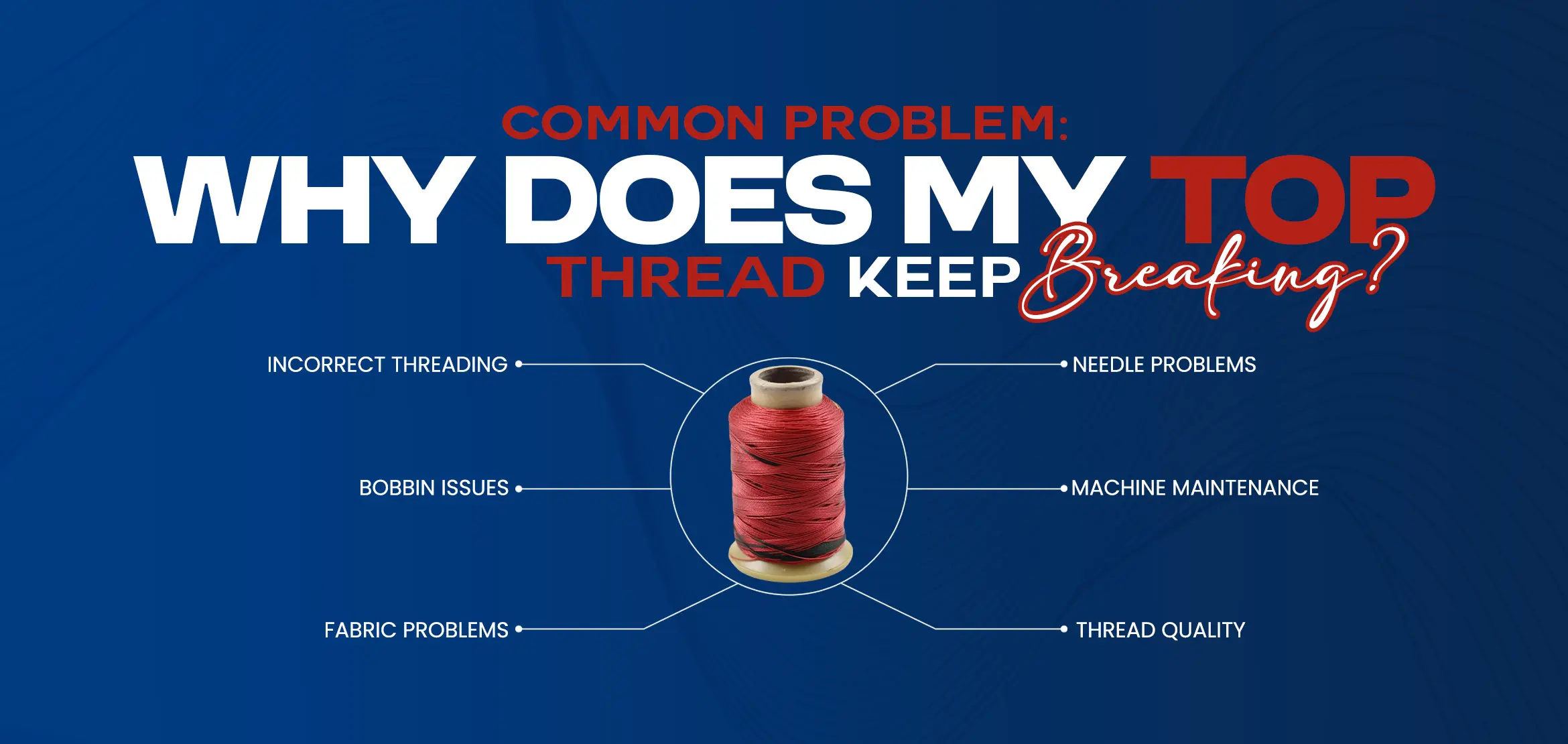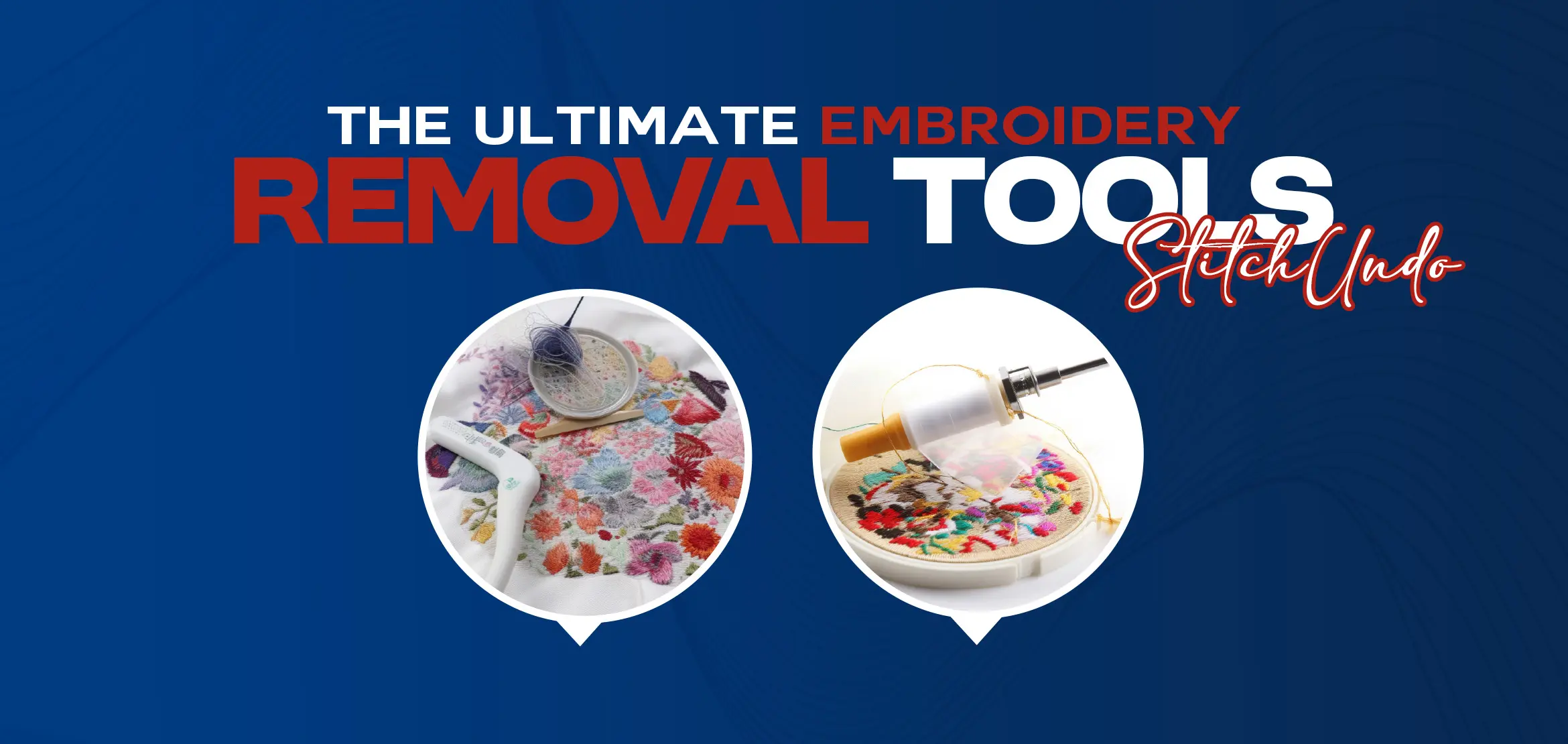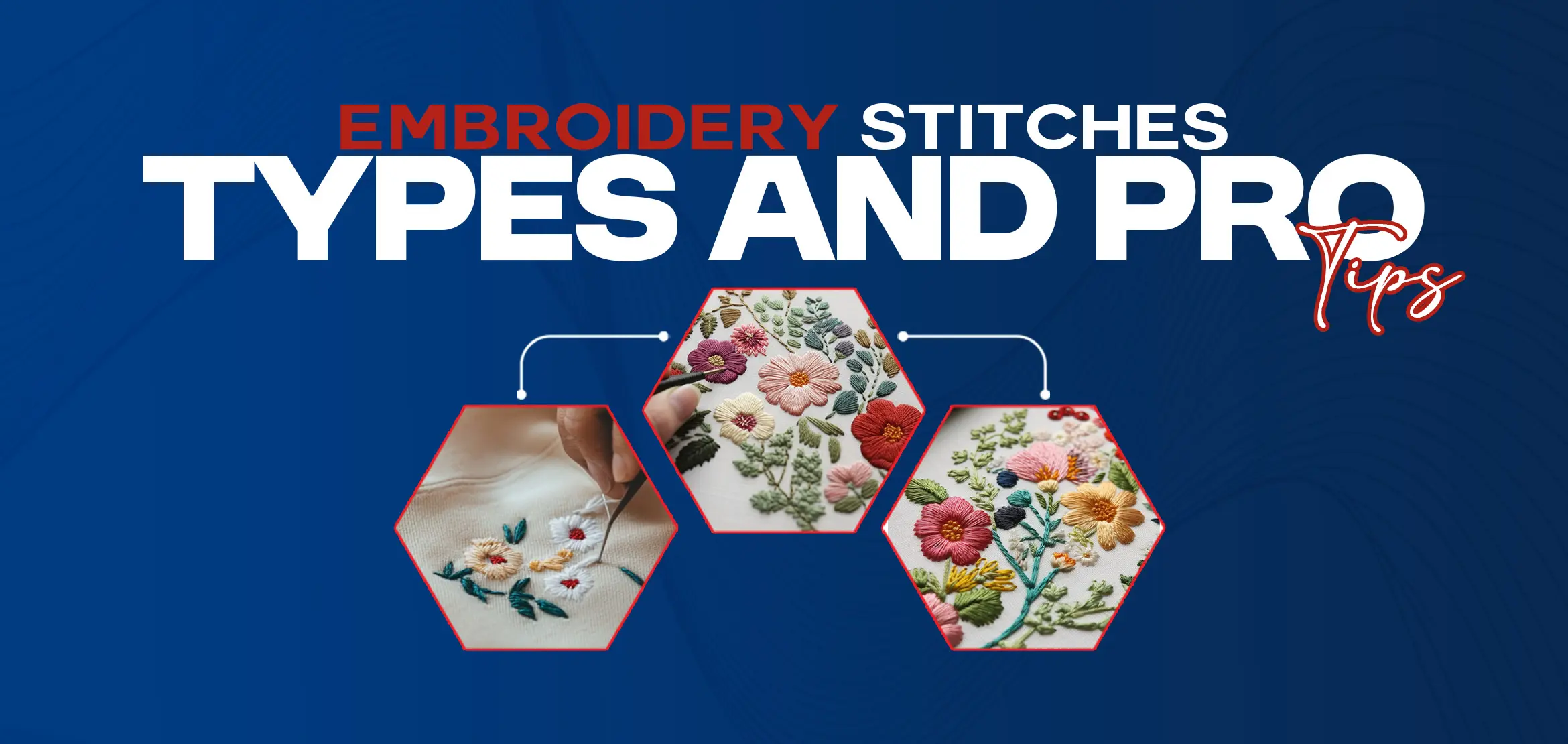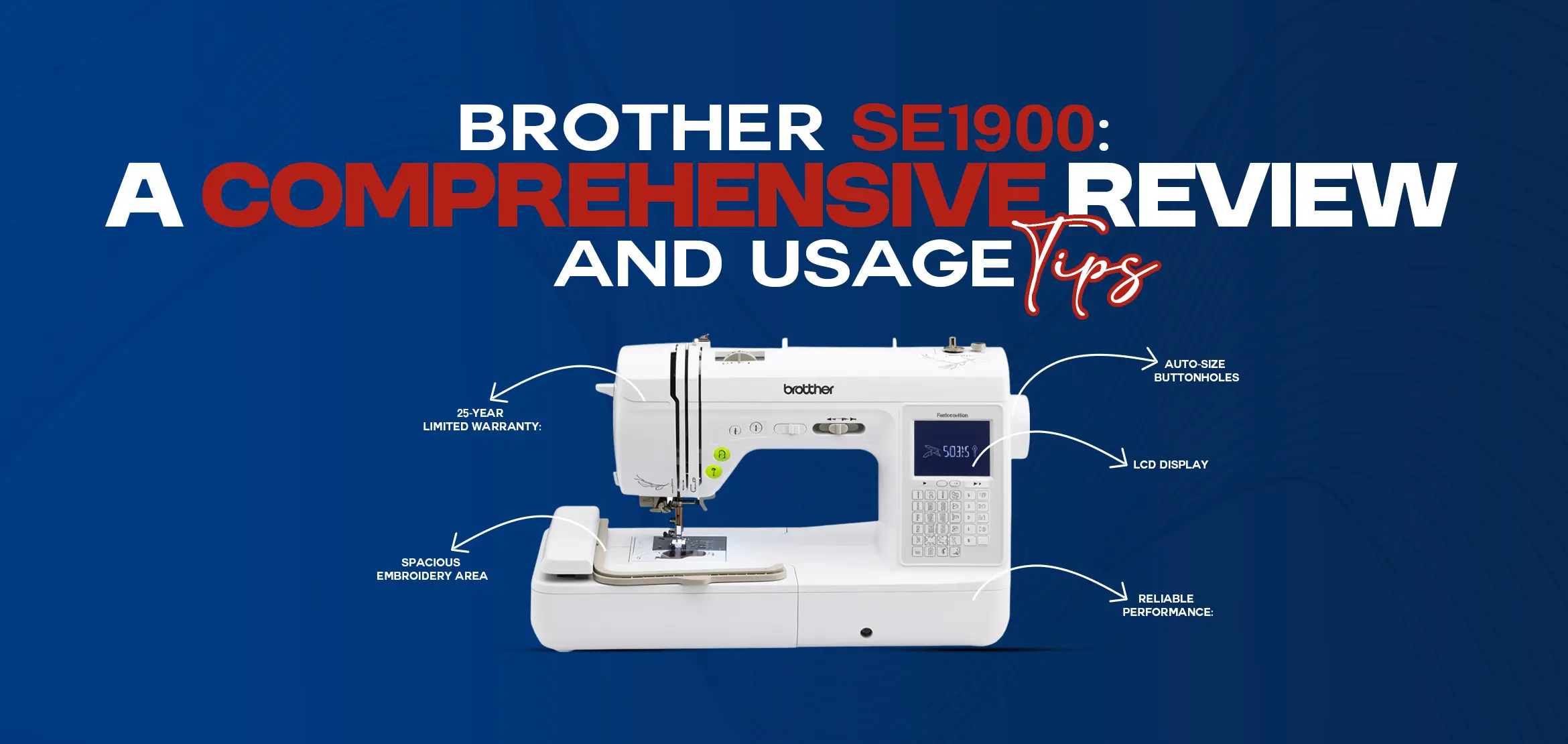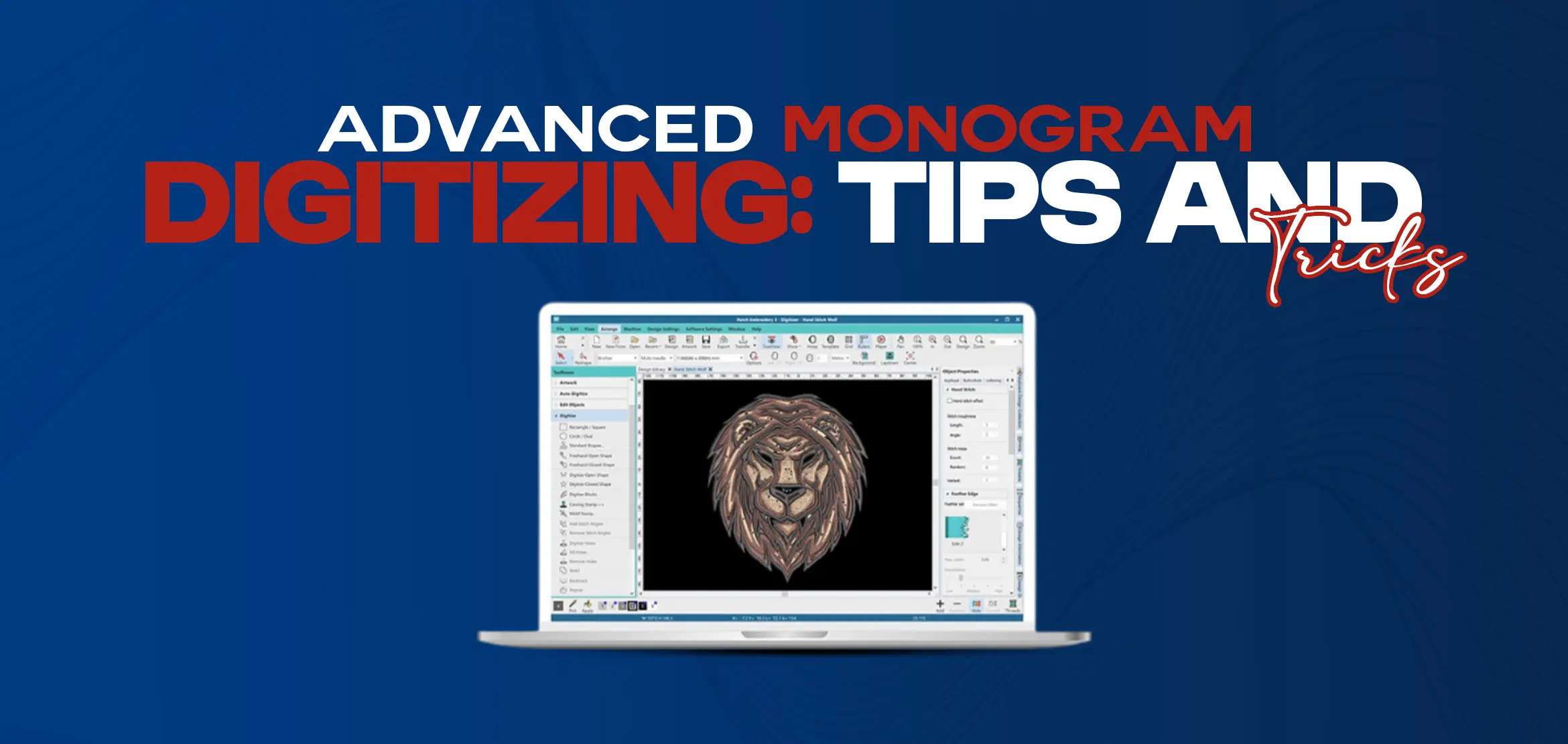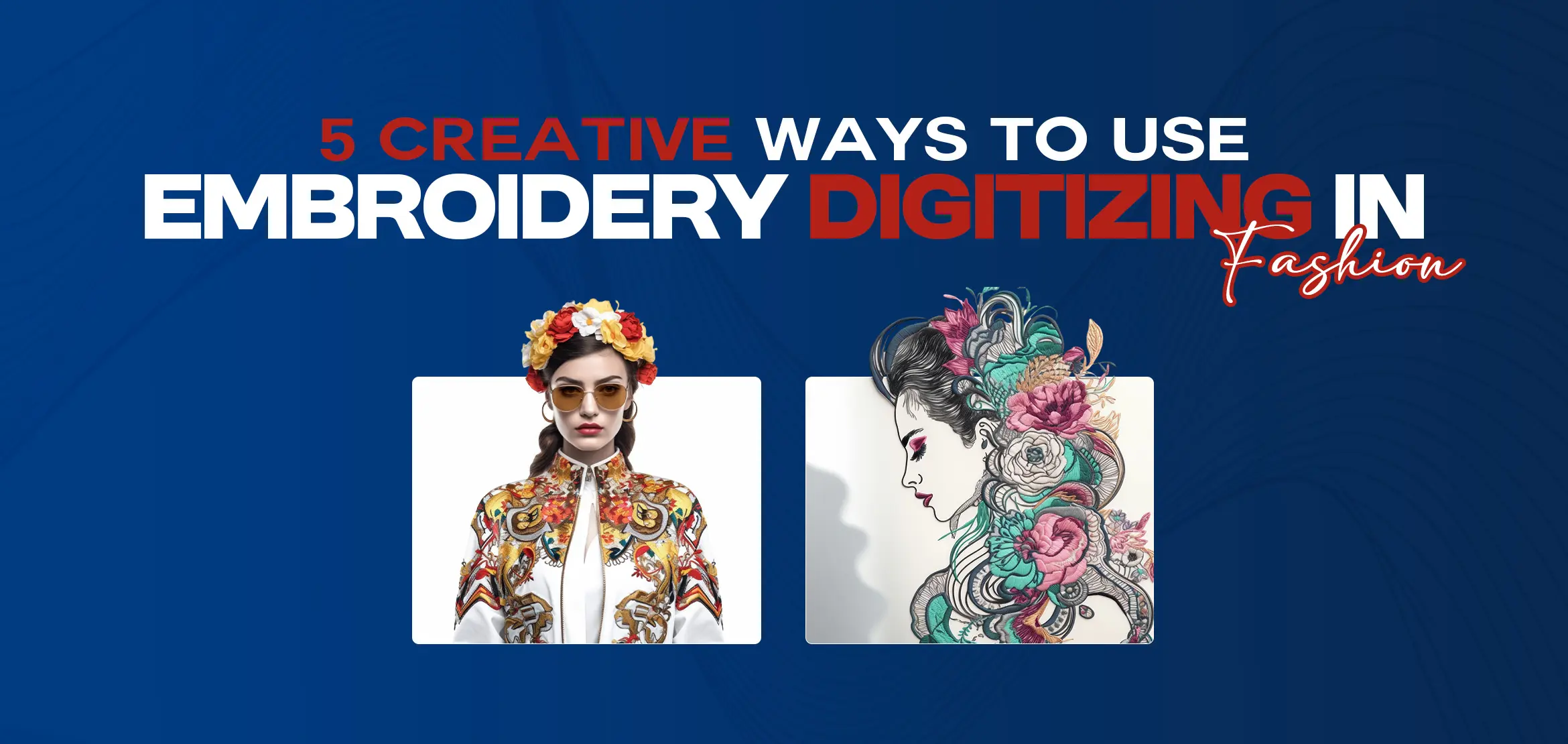
5 Creative Ways to Use Embroidery Digitizing in Fashion
Table Of Content
- Process of Embroidery Digitizing
- Historical Context of Embroidery in Fashion
- Creative Use #1: Custom Embroidered Apparel
- Creative Use #2: Embroidered Accessories
- Creative Use #3: Embroidery in Haute Couture
- Creative Use #4: Embroidered Footwear
- Creative Use #5: Embroidery in Home Decor
- Software and Tools Used
- Importance of Quality Digitizing
- Common Issues and Solutions
- Future Trends in Embroidery Digitizing
- Impact on the Fashion Industry
- Reducing Waste through Digitizing
- Tips for Successful Embroidery Digitizing
- Conclusion
Fashion is all about creativity, pushing boundaries, and finding new ways to express individuality. One of the most versatile and innovative tools in modern fashion is embroidery digitizing. This technique has revolutionized how we think about embroidery, blending traditional craftsmanship with cutting-edge technology.
Process of Embroidery Digitizing
The digitizing process involves using specialized software to map out every stitch of a design. This includes deciding on stitch types, directions, and lengths, which collectively bring the artwork to life on fabric. The result is a seamless blend of art and technology, making intricate designs possible at the push of a button.
Historical Context of Embroidery in Fashion
Embroidery has a rich history in fashion, dating back centuries. Traditional embroidery techniques were labor-intensive, requiring skilled artisans to hand-stitch every detail. Over time, the advent of digital technology has transformed this craft, making it more accessible and versatile.
Creative Use #1: Custom Embroidered Apparel
Personalized clothing has become a significant trend, and embroidery digitizing plays a crucial role. Imagine having a unique jacket with your name or a custom design that nobody else has. Digitizing allows for precise and detailed embroidery, perfect for creating one-of-a-kind apparel.
Examples and Benefits
From monogrammed shirts to bespoke denim jackets, custom embroidered apparel stands out. It adds a personal touch to fashion pieces, making them special and unique. Plus, it offers endless possibilities for creativity, limited only by one's imagination.
Creative Use #2: Embroidered Accessories
Accessories like bags, hats, and scarves are everyday items that can be transformed with a touch of embroidery. Digitizing allows for detailed and durable designs that can turn a plain accessory into a statement piece.
Enhancing Everyday Items
Think about a simple tote bag adorned with a vibrant floral pattern or a baseball cap with an intricate logo. These enhancements not only add aesthetic appeal but also create a sense of individuality and style.
Creative Use #3: Embroidery in Haute Couture
High fashion is all about making bold statements, and embroidery digitizing is a powerful tool in the arsenal of haute couture designers. From runway shows to exclusive collections, digitized embroidery helps bring complex and luxurious designs to life.
Case Studies of Famous Designers
Designers like Alexander McQueen and Dolce & Gabbana have used digitized embroidery to stunning effect. Their collections often feature elaborate, detailed embroidery that would be nearly impossible to achieve by hand, showcasing the potential of digital techniques in high fashion.
Creative Use #4: Embroidered Footwear
Shoes are another exciting canvas for embroidery. Digitizing allows for precise patterns and motifs to be embroidered onto various types of footwear, creating truly unique designs that stand out in a crowd.
Unique Shoe Designs
From casual sneakers to elegant heels, embroidered footwear is a trend that's gaining traction. Popular styles include floral patterns, geometric designs, and even personalized messages, offering a fresh take on traditional shoe designs.
Creative Use #5: Embroidery in Home Decor
Fashion isn't confined to clothing and accessories; it extends into home decor as well. Embroidered items like pillows, curtains, and wall art add a fashionable touch to living spaces, making homes feel more personalized and stylish.
Fashion Beyond Clothing
Home decor embroidered with digitized designs can transform any room. Imagine a set of throw pillows with intricate patterns or curtains adorned with elegant motifs. These items not only enhance the visual appeal but also reflect personal taste and style.
Technical Aspects of Embroidery Digitizing
Embroidery digitizing isn't just about creativity; it also involves technical know-how. The software and tools used are critical in ensuring that designs are accurately translated onto fabric.
Software and Tools Used
Programs like Wilcom, Hatch, and Brother PE-Design are popular choices among professionals. These tools offer various features that help in creating detailed and precise embroidery designs. The quality of the digitizing directly impacts the final product, making the choice of software crucial.
Importance of Quality Digitizing
High-quality digitizing ensures that the embroidery looks good and lasts long. Poor digitizing can lead to issues like thread breaks, misaligned stitches, and overall unsatisfactory results. Therefore, investing in good software and skills is essential for achieving professional-quality embroidery.
Like any creative process, embroidery digitizing comes with its challenges. From ensuring that the design translates well onto fabric to dealing with technical issues, digitizers must navigate various obstacles to achieve the desired outcome.
Common Issues and Solutions
Common problems include thread tension issues, incorrect stitch types, and design distortions. Solutions often involve tweaking the design in the software, testing on different fabrics, and adjusting machine settings to ensure optimal results.
One of the biggest challenges is maintaining the artistic integrity of the original design. Digitizing should enhance, not compromise, the artwork. This requires a careful balance of technical skills and artistic sensibility.
Future Trends in Embroidery Digitizing
The world of embroidery digitizing is continually evolving, with new trends and innovations emerging regularly. Staying updated with these trends is crucial for anyone involved in this field.
Future trends might include more advanced AI-driven software, eco-friendly materials, and faster, more efficient machines. These innovations will likely make embroidery digitizing even more accessible and versatile, pushing the boundaries of what’s possible.
Impact on the Fashion Industry
As digitizing technology advances, its impact on the fashion industry will grow. We can expect to see more intricate and customized designs, faster production times, and a broader range of applications, making it a cornerstone of modern fashion.
In an era where sustainability is becoming increasingly important, embroidery digitizing offers several eco-friendly advantages. By reducing waste and improving efficiency, it supports more sustainable fashion practices. Digitizing minimizes fabric waste as designs are precisely planned and executed. Additionally, using high-quality threads and materials can further enhance the sustainability of embroidered items.
Reducing Waste through Digitizing
By perfecting designs digitally before actual production, digitizing helps in minimizing errors and reducing material waste. This not only saves resources but also promotes a more sustainable approach to fashion. Embroidery digitizing isn't just for professionals, hobbyists and DIY enthusiasts can also get involved. With the right tools and resources, anyone can start creating their own digitized embroidery projects at home.
Tips for Successful Embroidery Digitizing
To achieve the best results with embroidery digitizing, consider some key tips and best practices. These will help ensure that your projects turn out professional and impressive.
- Best Practices and Advice
- Start with simple designs
- Use high-quality threads and fabrics
- Test your designs on scrap fabric
- Continuously refine and tweak your digitizing skills
- Ensuring Professional Results
Practice makes perfect. The more you digitize, the better you’ll get. Pay attention to details, be patient with the process, and always strive for improvement.
Conclusion
Embroidery digitizing has opened up a world of creative possibilities in fashion. From custom apparel and accessories to haute couture and home decor, the applications are endless. By blending traditional artistry with modern technology, embroidery digitizing allows for unique, intricate, and sustainable designs that elevate fashion to new heights.
FAQs (Frequently Asked Questions)
Q1. Can I digitize embroidery at home?
Yes, with the right software and tools, you can start digitizing embroidery designs at home. There are many resources available to help beginners get started.
Q2. What software is best for embroidery digitizing?
Popular software options include Wilcom, Hatch, and Brother PE-Design, each offering various features suited for different levels of expertise.
Q3. How does embroidery digitizing impact sustainability?
Digitizing helps reduce waste by allowing for precise planning and execution of designs, minimizing errors and material use.
Q4. What are the latest trends in embroidery digitizing?
Innovations in AI-driven software, eco-friendly materials, and faster machines are some of the latest trends, making digitizing more efficient and versatile



